I can’t believe Ash Wednesday is tomorrow. It feels like I just took my Christmas decorations down. Oh, maybe it’s because the church calendar is weird. We spend about 4 weeks anticipating the birth of Jesus, another 6 weeks celebrating the Epiphany, and then 6 weeks anticipating Jesus’s execution and resurrection. It’s a pretty fast transition from celebration to mourning back to celebration again.
I’m not sure what it means that the church spends six weeks anticipating mourning. I’m tempted to look at the psychological literature on anticipatory grief, because this just doesn’t seem healthy. Plus, we’ve been doing so much actual grieving for two years now. This year, Lent begins just a few weeks before the second anniversary of the COVID-19 pandemic in the US (it’s past the anniversary for Asia and parts of Europe). It seems that we’re on the verge of reopening and recovering, but we’ve lost and given up a lot in these two years. This Lent finds us grieving not just the losses of the pandemic but the Russian assault on Ukraine. Add in global economic meltdown, supply chain issues, the continuing climate crisis, the housing crisis. Personally, I need to experience resurrection now, not just anticipate it six weeks from now.
So once again, I’ll be hosting the Resurrecting Self-Care challenge this year. I’m moving the challenge to Facebook this year so that we can experience it in community. We’ll be able to talk about our daily practices together, including our lessons and our failures. And I’ll be adding some new elements, including a few Facebook live sessions. So join us at https://www.facebook.com/groups/selfcarejourney.
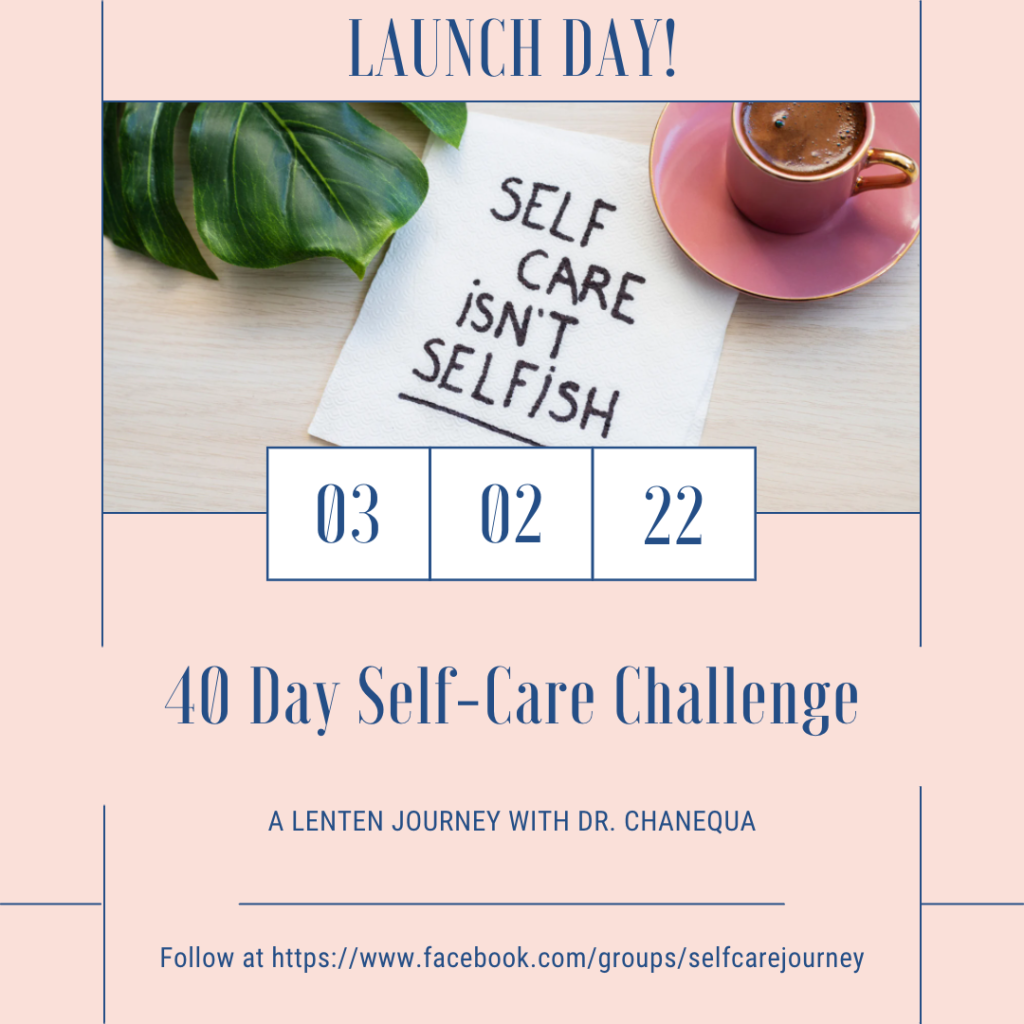



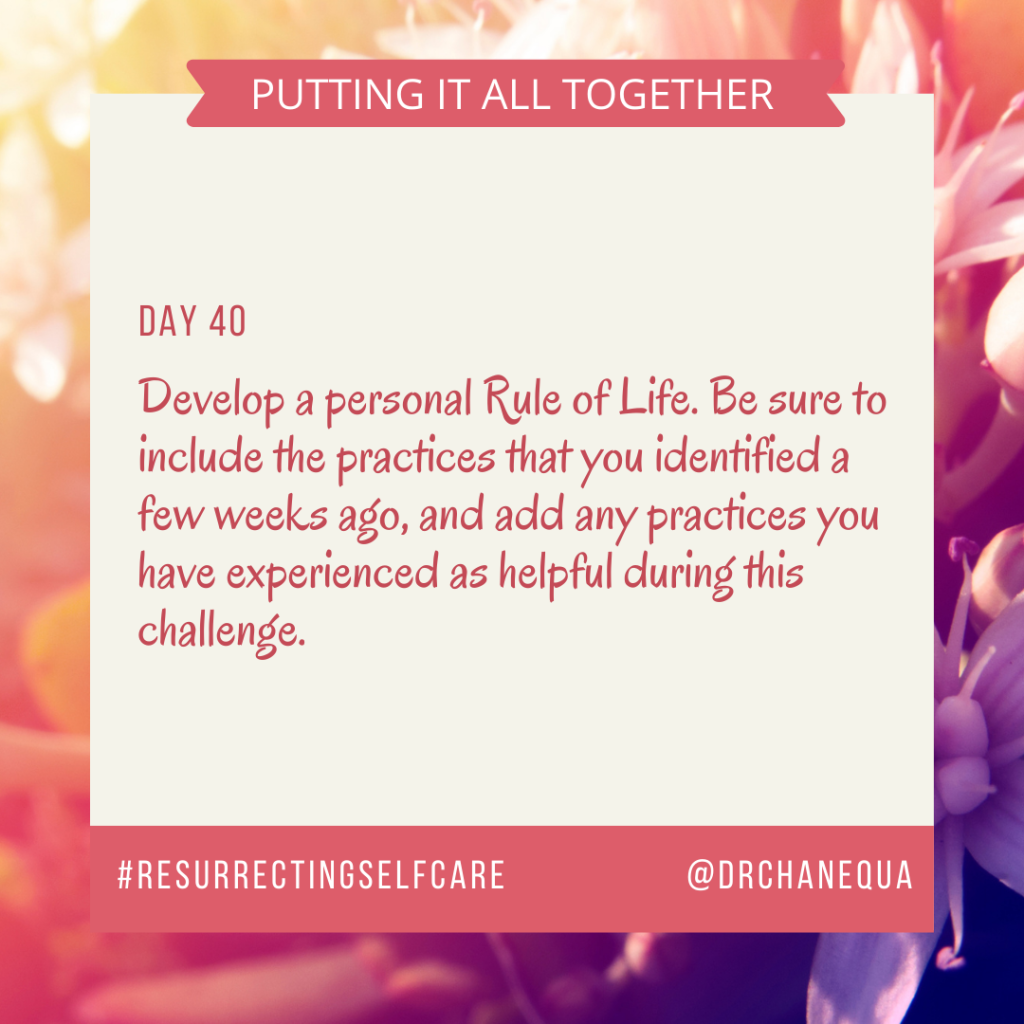









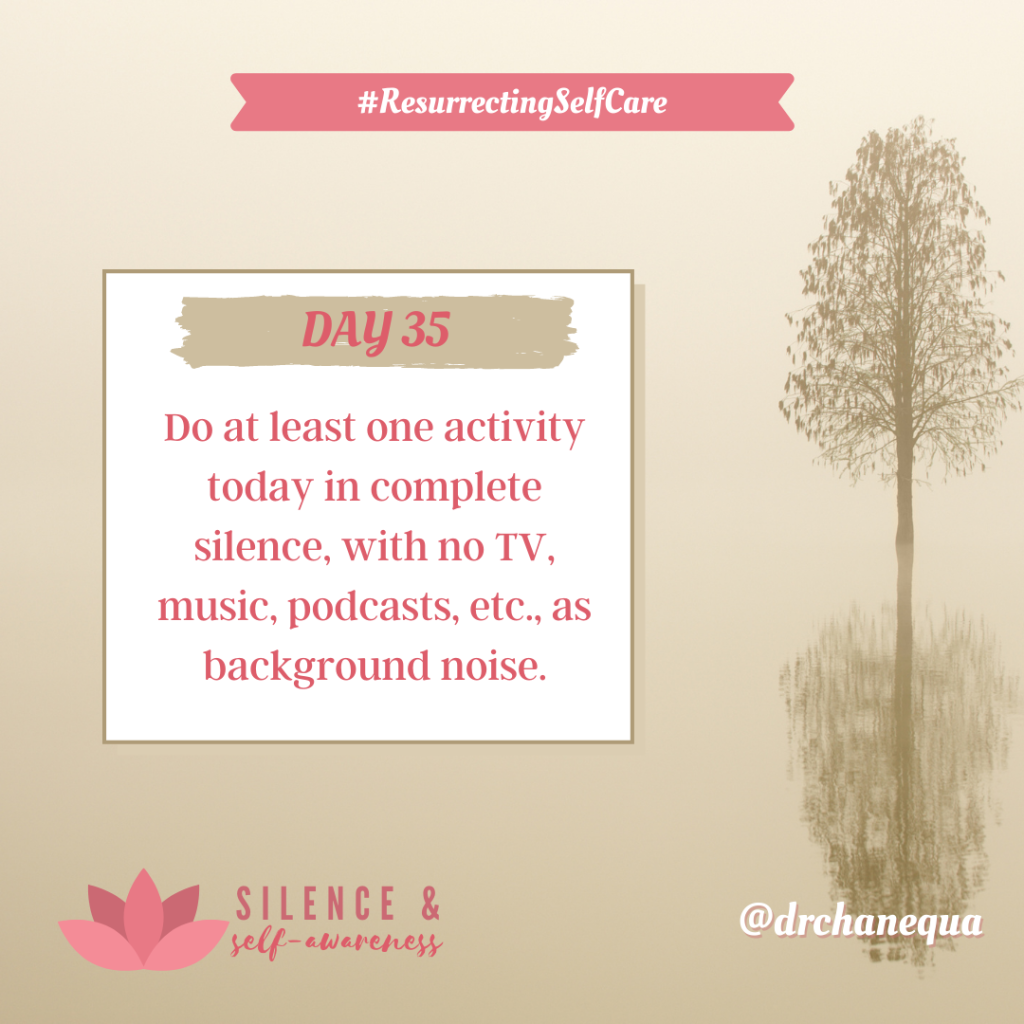



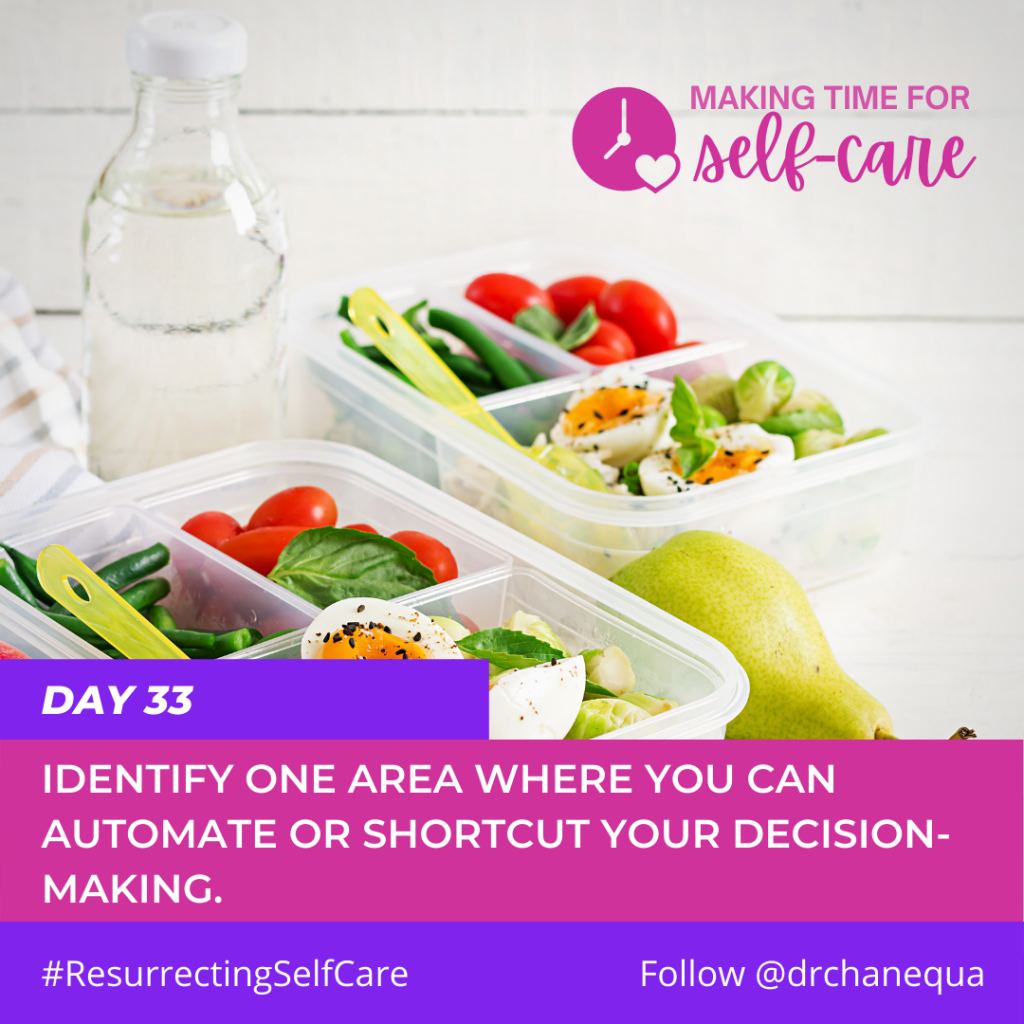

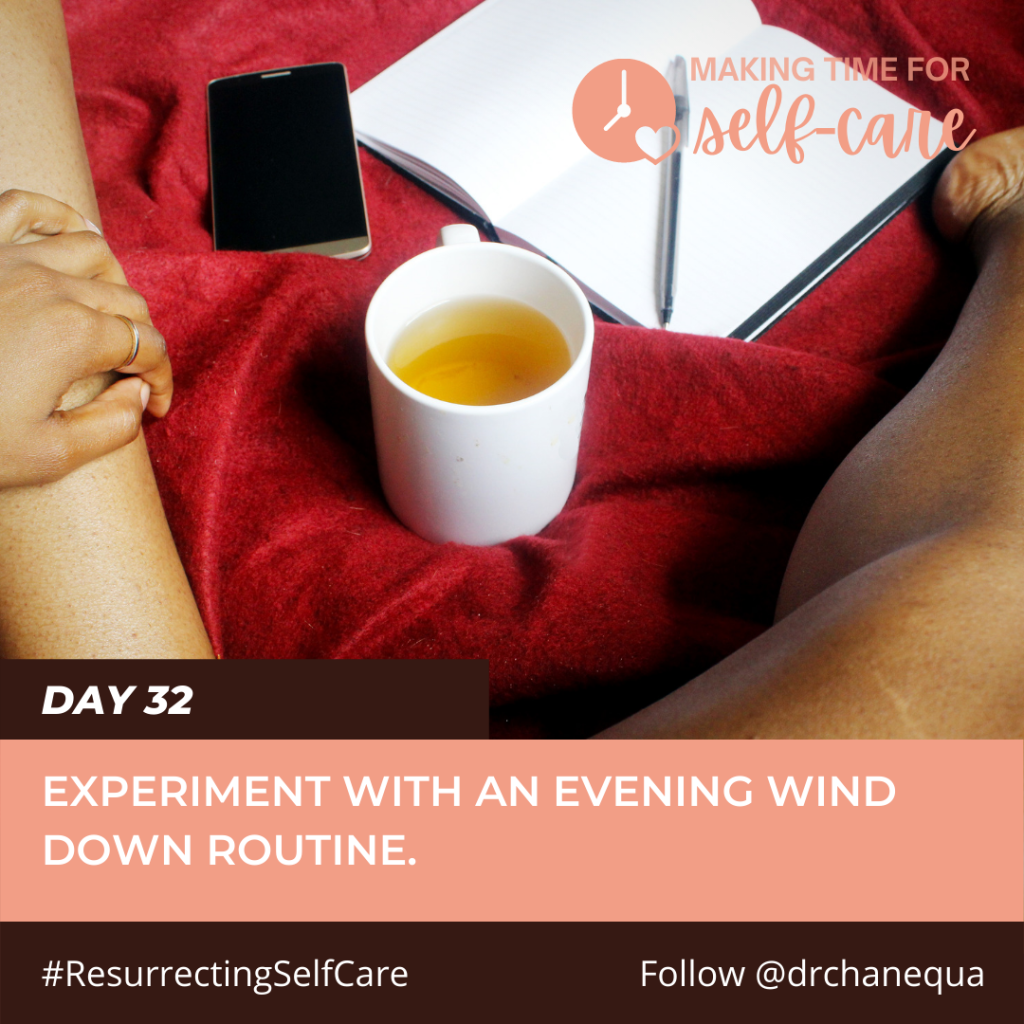
You must be logged in to post a comment.